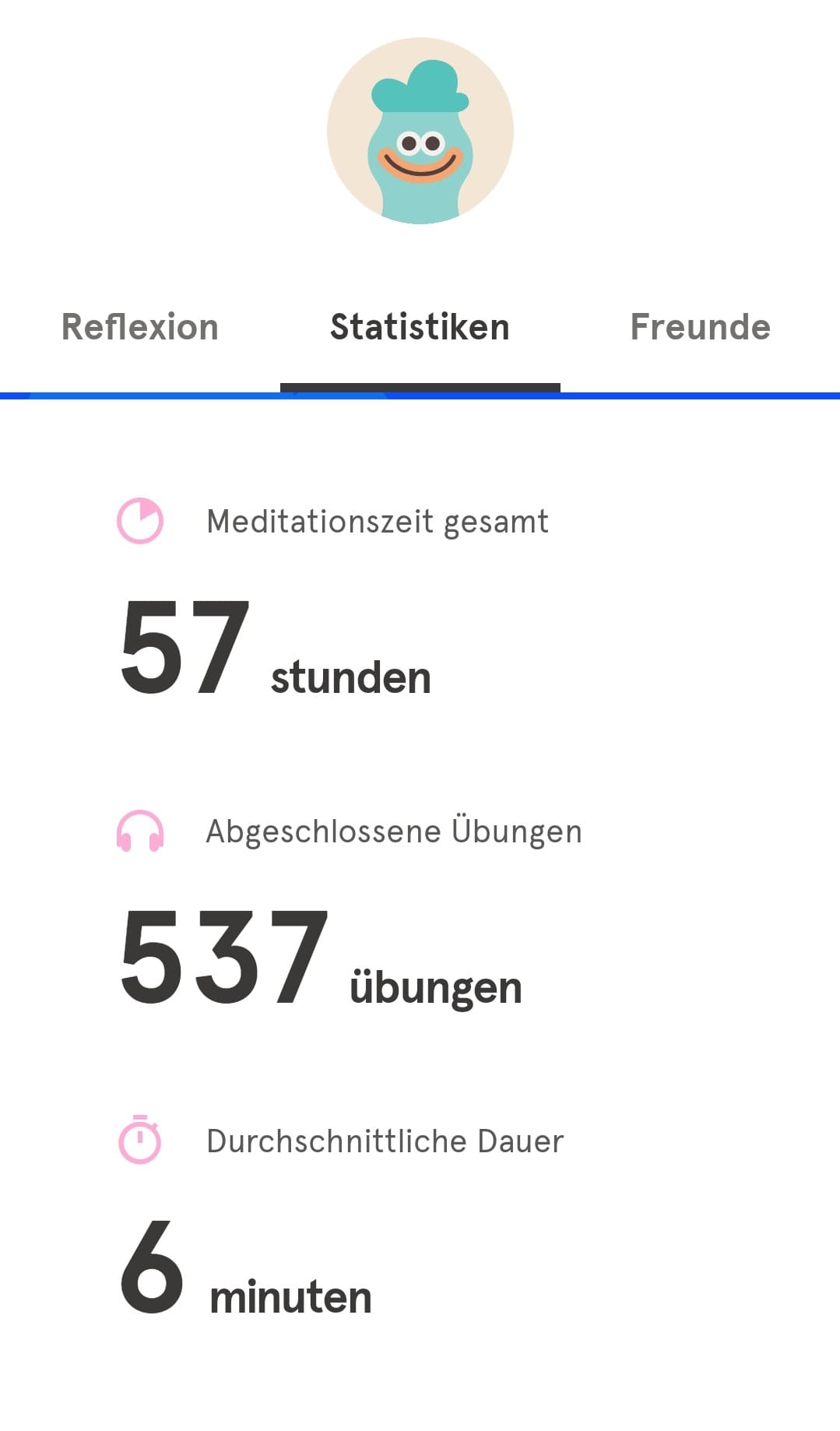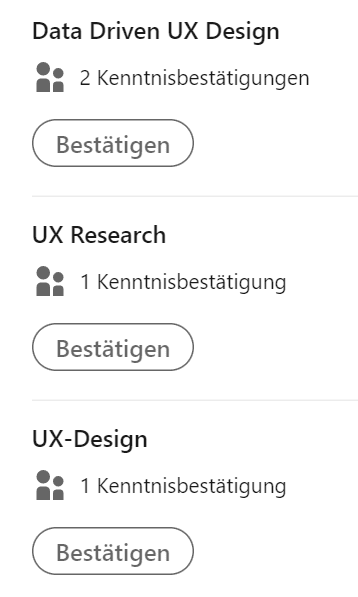How important is the need for competence in our lives? What role does it play in the use of certain products? What examples are there of products that place the need for competence as a whole or in individual features at the center of the user experience? What specific features are there that satisfy the need for competence?
In the following article, we’ll answer the above questions and also further explore the question that underlies this series of articles, “What makes a product really cool and engaging?”
We’ll use very specific examples to explain how incorporating the user need for expertise experiences can significantly improve the user experience of your product.
The needs series: what we already know
In our introductory article, we came to this conclusion: a positive user experience is composed of good usability and positive emotions during use. These positive emotions are evoked in users when one of your needs is satisfied during use.
We also identified a number of needs that are particularly relevant to technology use:
(according to Sarah Diefenbach: “Experience Design Tools – Approaches to Interaction Design from the Perspective of Psychological Needs“)
In the previous articles we have already dealt with the topics of connectedness and security. In this article, we want to take a closer look at the need for competence and determine how products manage to create competence experiences for the user. Let’s start with a general understanding of the need for competence.
What is the competence need?
Edward L. Deci and Richard M. Ryan, in their self-determination theory of motivation, define three psychological needs that are fundamental to human motivation: Autonomy, Social Inclusiveness, and Competence. In their works, the two psychologists recognize that the satisfaction of these three needs plays a major role in people’s intrinsic motivation. In other words, the more autonomous, socially included and competent one feels, the more motivated one is. (source)
But how exactly does the need for competence manifest itself? For that, let’s look at Sarah Diefenbach’s definition:
Competence: the need to face and overcome challenges. The experience of success and self-efficacy plays a role here.
(source: Sarah Diefenbach “Experience Design Tools – Approaches to Interaction Design from the Perspective of Psychological Needs“)
This can be expressed in the following ways:
- One creates something specific
- One learns new things and trains one’s own skills
- One presents one’s own competences
- One actively seeks challenges and creates them
- You get positive feedback for a job well done.
- One achieves goals that not many achieve
- One achieves a certain degree, exam result, grade point average, etc.
- One feels that one can improve many circumstances of life by one’s own actions.
Products that promote competence experiences
Online learning portals are products that aim to increase the competencies of their own users. Here, users can learn at their own pace and often educate themselves on a wide range of topics via video courses.
One example of this is Masterclass. At Masterclass, users can be taught the basics of certain challenging tasks by recognized masters of the respective subject. The motto: “Learn from the most inspiring artists, leaders, and icons in the world”. Here, great care is taken to use people as teachers who are particularly competent, well-known and successful in their respective fields in order to pass on this expertise to their own user group in a targeted manner. An example? Mariah Carey teaches how to use one’s own voice as an instrument, while the Duffer brothers (creators of the globally acclaimed series “Stranger Things”) give a video course on how to create one’s own TV series and Gordan Ramsey (internationally renowned star chef) teaches one how to cook.

(source: Screenshot Masterclass.com)
Apps that aim to teach workouts or other skills are also often designed to make users more proficient in a particular area (sports, meditation, languages, etc.). Accordingly, many of these apps are designed to send positive signals to users when goals have been achieved or an exercise has been successfully implemented. Also, “staying on the ball” is often rewarded visually or through motivational messages and statistics. This is the case with the meditation app Headspace, for example. Here, statistics show how far you have come and what successes you have achieved.

(source: Screenshot Headspace App)
Sometimes even participating in something can show that you belong to the best of the best. In international soccer, only the most successful teams from the world’s best leagues make it to the Champions League to prove themselves. Participation alone proves competence.
An example of this would be the top freelancers on Fiverr. Fiverr is a platform where freelancers can present themselves to find clients. Fiverr’s editorial team places a link to the most competent freelancers (based on client ratings and their own selection criteria) on their home page. If a freelancer is in this category, it proves his competence.

(source: Screenshot Fiverr.com)
Specific features – Example 1: Showing competencies on LinkedIn
In addition to the need for connectedness and the opportunity to network, LinkedIn focuses primarily on enabling users to facilitate this networking by matching competencies. You can specify your own skills and competencies and then have them confirmed by other users. This confirmation directly creates a trust feature. In addition, on LinkedIn you can prove your competencies in a certain area through short multiple-choice tests and then share the result with your network.

(source: Screenshot Linkedin.com)
In addition, you can write recommendations via LinkedIn and thus confirm the competence of other users. For example, if you have found a person as a contact for a service and would like to mark him as particularly competent in his field, you can do this with a recommendation. Of course, you can also ask other users to write you such a recommendation for a specific area.

Specific features – Example 2: Trophies, medals and awards
One feature that not only many video games have discovered for themselves is the possibility of introducing publicly visible reward systems. Here, virtual trophies are awarded for certain mastered tasks, showing that one has mastered a certain challenge and thus demonstrated competence in an area.
The demands on one’s playing competence grow with the tasks for the respective level: bronze trophies are far easier to collect than platinum trophies. The symbolism of bronze, silver, gold and platinum is commonly known and exudes different levels of competence. You can see the different trophies pictured here.
The following trophies can be earned on the Sony PlayStation. For this, you have to master set tasks in various video games or successfully complete certain sections of the game. Bronze trophies are awarded for ordinary and easy tasks, silver and gold trophies are awarded for solving more complex and difficult tasks in games. The platinum trophy in the upper left corner shows high competence and skill, because players only get it after getting all available other trophies in a game.

(source: Screenshot Ebay)
Medals in sports are also a sign that you have demonstrated competence in your sport. Status also plays a role here, of course, when it comes to wanting to be the best of the best and being able to show it.
In both sports and competitive video games, there are leagues and ranking systems. For example, simply participating in a certain league or having a certain rank shows that you are particularly competent in the field.
The ranks of the video game “Rocket League” are shown below. Each icon represents a particular rank. The top icons are accordingly prestigious. Those who play the game immediately recognize the meaning of the icons and can thus infer the competence of the player.
With many awards, there is a general understanding of what needs to be accomplished and what competencies are necessary to achieve them. For example, the certificate of participation in the Bundesjugendspiele is valued differently than participation in the Champions League.
Conclusion
From displaying one’s skills on platforms to offering learning opportunities to improve one’s skills, there are a great many ways to satisfy the user need for competence and incorporate it into one’s product design for a better user experience.
Does your product have features that satisfy the need for competency? Let us know in the comments.
Have questions about incorporating user needs in your specific case? Feel free to reach out via our contact form to schedule a free get-to-know-you call.
We are very much looking forward to your feedback!
Our need series
Here is our overview of the articles in the series:
Part 1: Introduction
Part 2: Connectedness
Part 3: Security
Part 4: Competence
Part 5: Popularity
Part 6: Stimulation
Part 7: Autonomy
Part 8: Meaningfulness



